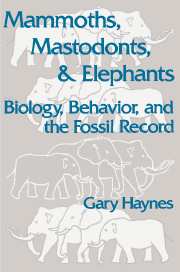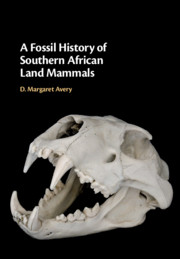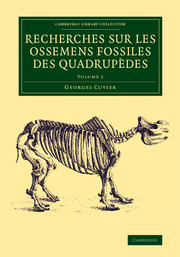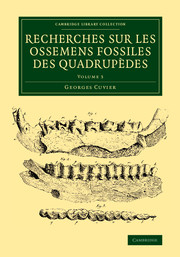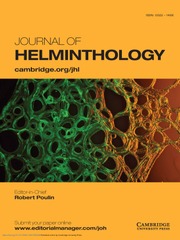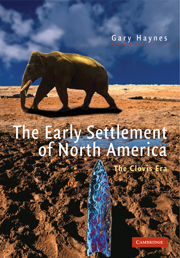Mammoths, Mastodonts, and Elephants
The diminishing population of African and Asian elephants can be compared to the extinction of other elephant-like species, such as mammoths and mastodonts, which occurred more than ten thousand years ago. The purpose of this book is to use the ecology and behavior of modern elephants to create models for reconstructing the life and death of extinct mammoths and mastodonts. The source of the models is a long-term and continuing study of elephants in Zimbabwe, Africa. These models are clearly described with respect to the anatomical, behavioral, and ecological similarities between past and present proboscideans. The implications of these similarities on the life and death of mammoths and mastodonts is explored in detail.
The importance of this book is primarily its unifying perspective on living and extinct proboscideans: the fossil record is closely examined and compared to the natural history of surviving elephants. Dr. Haynes's studies of the places where African elephants die (so-called elephant burial grounds) are unique.
- ' … an enthralling book which anyone interested in elephants will enjoy.' Times Higher Education Supplement
- The studies of elephant burial grounds are unique
Reviews & endorsements
"...well written, with illustrations and tables provided to support important conclusions. The bibliography alone is an excellent resource, and many researchers will use the information on growth patterns and age determination provided in the appendix. This book does not purport to solve the mystery of late Pleistocene extinction. It does offer a reasonable scenario for mammoth extinction that is consistent with the wealth of new information provided concerning modern elephant behavior and mortality." Paul Koch, Science
"...an enthralling book which anyone interested in elephants or mammoths will enjoy." S.K. Eltringham, Times Higher Education Supplement
"The scholarly title obscures the real topic. In fact, this volume is a brilliant murder mystery." Scientific American
"Haynes's observations on behavior and mortality of African elephants under different conditions of environmental stress, collected with the fossil record in mind, are a unique and extremely valuable contribution." American Anthropology
"...condenses a huge amount of factual information, thus making it indispensable for vertebrate biologists, paleontologists, archaeologists, and anyone interested in the life and death (and probably impending doom) of one of nature's remarkable giants..." Quarterly Review of Biology
"...interesting, clearly written, and based on extensive personal observations, as well as a survey of the pertinent literature...demonstrates the advantage of carrying out field studies on modern elephants when interpreting mammoth and mastadon bone deposits: the present can indeed be a useful key to the past." C.R. Harrington, Global Biodiversity
"...does a superb job bringing his actualistic studies to bear on the interpretation of archaeological and paleontological sites...[a] great wealth of data, ideas, and thoughtful and provocative interpretations that amply reward readers...." David J. Meltzer, Geoarchaeology: An International Journal
"...Because of ongoing research and much current interest in issues and disciplines touched by this volume, it appearance is extraordinarily timely." Jeffrey J. Saunders, Plains Anthropologist
Product details
May 1993Paperback
9780521456913
428 pages
227 × 152 × 20 mm
0.57kg
107 b/w illus. 50 tables
Available
Table of Contents
- Preface
- Acknowledgements
- Part I. Proboscidean Flesh and Bones:
- 1. Taxonomy: classification of fossil and living forms
- 2. Physical appearance: mammoths, mastodonts, and modern elephants
- 3. A referential model for understanding mammoths and mastodonts: social structure and habit use by modern elephants
- Part II. Actualistic Studies of Proboscidean Mortality:
- 4. Actualistic studies of mass deaths
- 5. Actualistic studies of mass kills
- Part III. The Fossil Record:
- 6. Finding meaning in proboscidean sites: the world fossil record
- 7. Extinction in North America at the end of the Pleistocene
- Appendix
- References
- Index.

